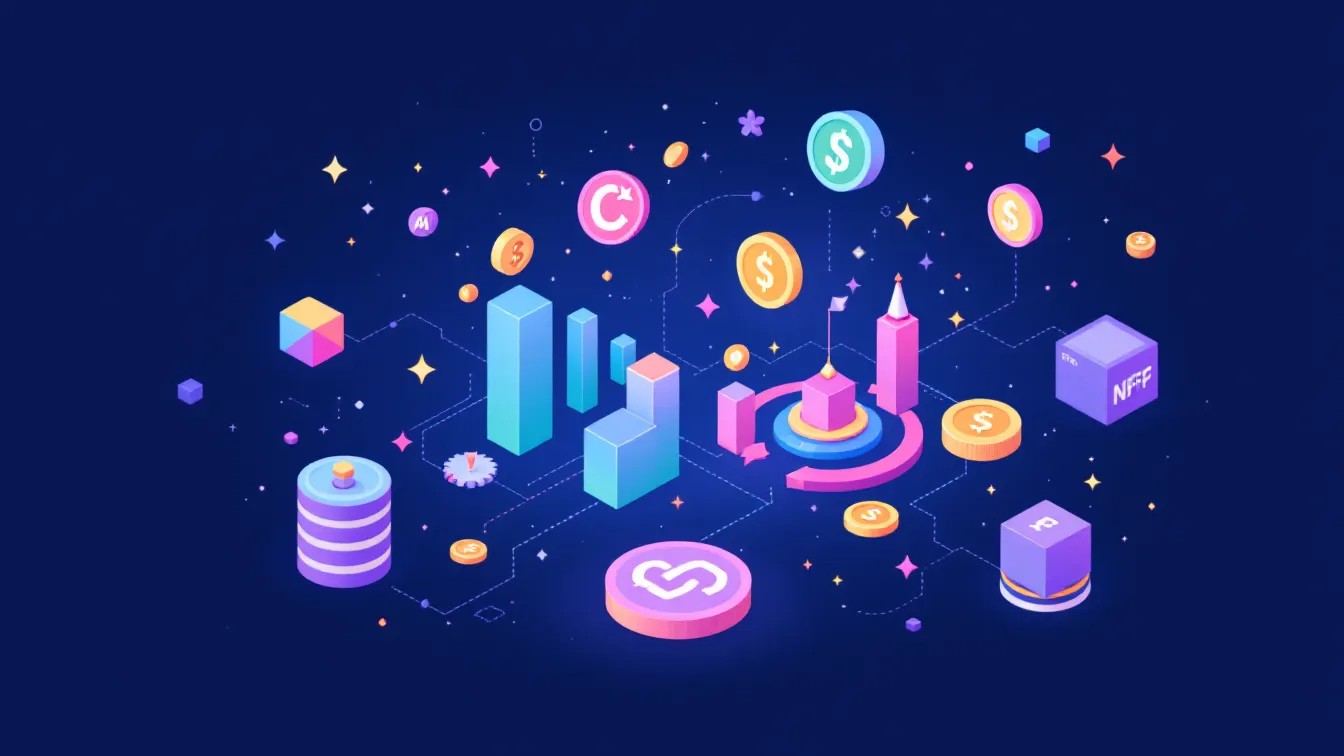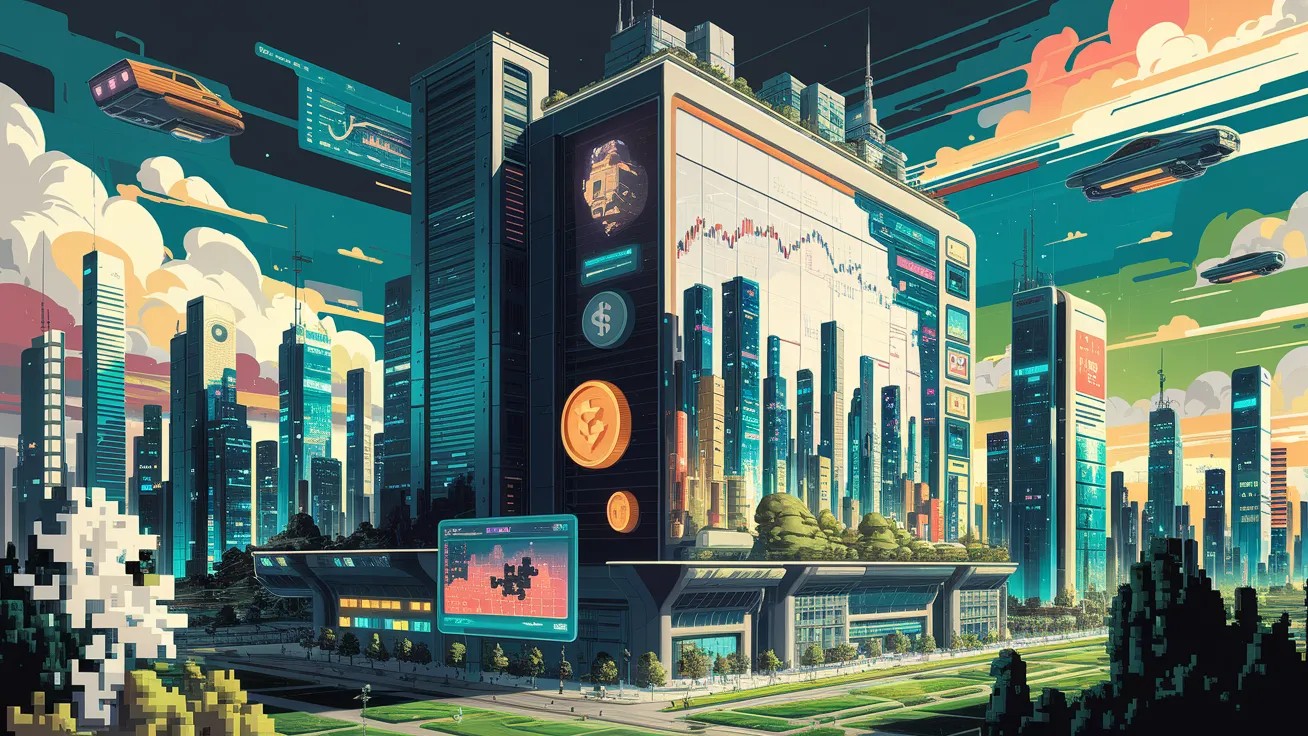Digital Renaissance: NFTs Transforming Art and Finance

NFTs in Modern Economy and Art
In recent years, the emergence of non-fungible tokens (NFTs) has sparked a digital renaissance, bridging the gap between finance and art. As NFTs gain mainstream traction, innovative sectors such as NFTFi and trends in digital identity like PFP/Avatar are playing a critical role in redefining creative and investment landscapes. These developments not only challenge traditional paradigms but also offer new opportunities for artists, investors, and collectors alike.
With blockchain technology at its core, NFTFi introduces a novel way to integrate financial instruments directly into digital art. This creates a powerful ecosystem where creativity meets capital, allowing users to monetize artistic endeavors while participating in a decentralized economy. Meanwhile, platforms like Bapes.io are pioneering unique methods for curating and showcasing NFTs, contributing to a vibrant market that thrives on innovation and community engagement.
NFTFi – Integrating Financial Tools with Digital Art
NFTFi represents a groundbreaking approach that leverages blockchain to unlock the financial potential of NFTs. By enabling mechanisms such as fractional ownership, staking, and lending, NFTFi transforms digital art into a dynamic asset class. Investors can now diversify their portfolios by acquiring stakes in high-value NFTs, while artists receive new avenues for funding their creative projects.
Insights from the NFTFi sector illustrate how these innovations facilitate liquidity and unlock new revenue streams. Through smart contracts and decentralized finance protocols, NFTFi platforms ensure transparency and security, making it easier for participants to trust and engage with the market.
Technological Features and Advantages
The technological backbone of NFTFi lies in its integration of blockchain's immutable ledger with decentralized finance tools. This fusion offers several advantages:
- Enhanced Liquidity: Investors can trade fractionalized NFT shares, making high-value digital art more accessible.
- Decentralized Governance: Community-driven models allow stakeholders to participate in decision-making processes.
- Automated Processes: Smart contracts automate transactions and revenue sharing, reducing administrative overhead.
Examples of Successful Projects
A number of projects within the NFTFi ecosystem have demonstrated impressive growth. Case studies reveal platforms where fractional ownership has enabled collectors to pool resources, resulting in record-breaking auction prices and innovative art financing models. These successes underscore the potential of NFTFi to revolutionize how art and finance converge.
PFP / Avatar – Digital Identity and Art Trends

Alongside NFTFi, the rise of PFP (Profile Picture) avatars has redefined digital identity. These unique, collectible avatars are more than just a status symbol—they are a form of digital expression that resonates with a global community. The trend has evolved into a powerful cultural movement, influencing art, fashion, and even virtual social interactions.
The PFP/Avatar crypto sector offers a window into this transformative trend. Artists and collectors are using these digital portraits not only as a means of personal expression but also as valuable assets in a thriving marketplace.
Main Trends and Case Studies
The evolution of PFP avatars has been marked by creativity and community engagement. From limited-edition drops to collaborative projects, these digital identities are capturing the imagination of a diverse audience. Case studies highlight projects where unique avatar designs have led to explosive market growth, illustrating the powerful intersection of art and investment.
Impact on the NFT Market
As NFTFi and PFP trends continue to gain momentum, their combined impact on the broader NFT market is becoming increasingly evident. The synergy between financial innovation and artistic expression is driving a new wave of investment, where every digital creation is not just a piece of art but also a strategic asset. This transformation is setting the stage for a future where creativity and capital work in harmony to shape the digital economy.